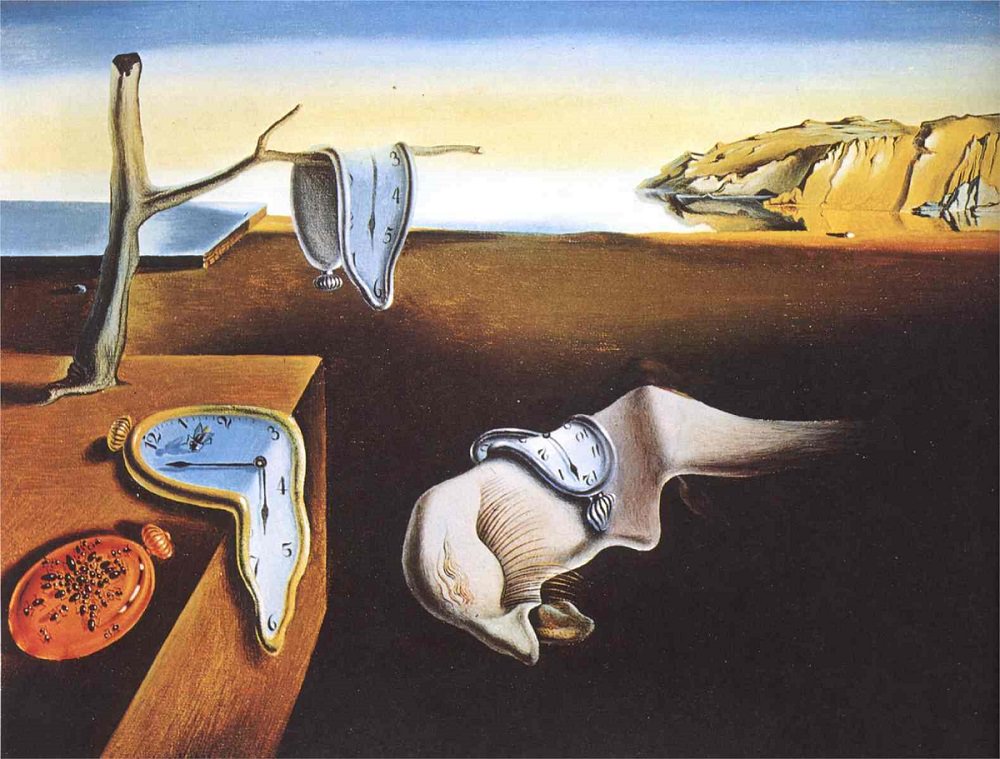
Real Time?
The term real time was originally used to imply a predictable and guaranteed response time to computer-generated or observed events. For example, a real-time process control system is architected to respond to readings from sensors and switches within a predefined latency in order to keep a process going, respond to alarms, and so forth. In other words, real time doesn’t necessarily mean “extremely fast”; it merely means “fast enough” for the purpose of the process it controls. Of course, in industrial applications that may mean within a few milliseconds, but the point is that real-time systems are optimized for timing predictability, whether measured in milliseconds or minutes.
Somehow, over the last couple of decades, real time became to mean “very fast.” Until recently, we didn’t think of Internet connectivity and cloud-based apps as being capable of very fast response time. We certainly know from everyday experience that response time isn’t consistent and definitely not predictable.
But the improved throughput of wired and wireless IP networks and abundance of Internet resources is improving both speed and response-time predictability of cloud-based applications.
Which brings us to today’s topic.
The Return of the Real Time Enterprise
Remember the real-time enterprise, the concept in business systems design aspiring to improve organizational responsiveness that was popular in the first decade of the 21st century? This and related concepts were also referred to as sense-and-respond networks and on-demand enterprises.
Though not particularly precise and well-defined, the primary objectives of the real-time enterprise goals can be summarized as:
- Reduce response times to market demands, including customers and partners.
- Increase transparency across the enterprise instead of keeping information within separate silos.
- Increase communication and add process automation across internal and external functions, including supply chain partners.
- Reduce costs thanks to enhanced process visibility and operational efficiencies.
Originally, the concept of the real-time enterprise meant to form a connected enterprise that shares information across functional and organizational boundaries. The notion of real time was added to bring a notion of urgency in information sharing and fast, yet effective decision making rather than to imply split-second decisions.
But the idea of bringing more information from across different operating disciplines runs counter to organic decision-making processes.
In many parts of large organizations, decision making tends to be a linear, forward-feeding process rather than a parallel one that considers multiple information’s sources collectively. In product development, for example, the goals and constraints of downstream lifecycle activities, such as supply chain and service, are typically addressed late in the process, when design changes are impractical because they are too costly, time consuming and, quite frankly, because engineering priorities may be somewhere else.
The Internet of Things and the digitization of the value chain radically redefines how well we understand current products and customers, and how we use this insight to accelerate innovation and develop new products and services. Always-connected products provide a real-time view that enables broad and deep insight across multiple markets, product configurations, and customer groups, and providing broader context for better decisions.
Is this notion different from the original concepts behind the real-time enterprise? No, not really. What the IoT does, is providing more information, from more sources, in a timely fashion (notice that I have avoided using the term ‘real time’). The focus of IoT solutions is—or should be—the aggregation and analytic of multidisciplinary information to help drive high-fidelity decisions, which is the goal of the real-time enterprise.
(Portions of this article appeared in the book The Outcome Economy.)
Image: The Persistence of Memory by Salvador Dali (1931)
